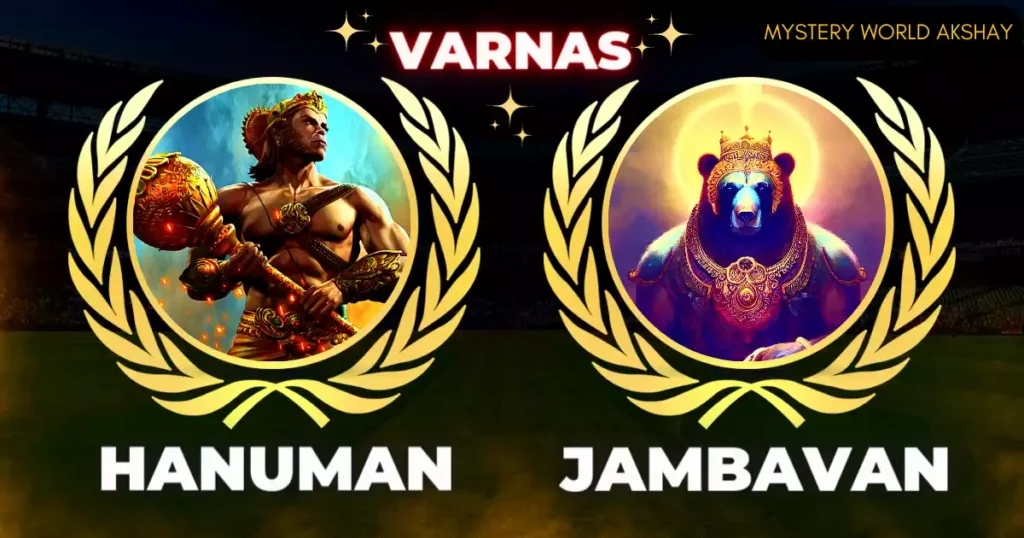In Hindu mythology, Lord Hanuman and Jambavan are two of the most revered and beloved characters. Hanuman is known for his strength, courage, and devotion to Lord Rama, while Jambavan is known for his wisdom and valor. Both of these figures have a significant role in Hindu culture and religion and are considered as two of Lord Rama’s biggest devotees. One aspect of their mythology that is often discussed is their varnas or castes. In this article, we will explore the varnas of Lord Hanuman and Jambavan and the significance of their caste in Hindu mythology.

The Varnas of Lord Hanuman
Lord Hanuman is believed to be an incarnation of Lord Shiva, and as such, he is not traditionally associated with a caste. He is, however, referred to as a Kapi, which is a name used to denote a monkey, in some writings. In Hindu mythology, monkeys are not considered to be part of the caste system, and so it can be said that Hanuman is outside the varna system. The Shudra varna, which is regarded as the lowest caste in the conventional Hindu caste system, and the Kapi varna are frequently compared.
The caste system is a complex subject in Hinduism, and there are considerable discussion and controversy regarding its genesis, significance in modern life. Therefore, while it is interesting to explore the varnas of Lord Hanuman and Jambavan, it’s critical to handle the subject delicately and with an understanding of the variety of ideas and practises that exist within the Hindu community.
The Varnas of Jambavan
Jambavan, also known as Jambavat or Jambavantha, is a bear-like creature who is known for his valor and wisdom. Jambavan is considered as a part of the Brahmin varna, which is the highest caste in the conventional Hindu caste system, in some versions of the Ramayana since it is claimed that he is a descendant of Lord Brahma.
Jambavan is claimed to belong to the Kshatriya varna, the second-highest rank in the conventional Hindu caste system, in some versions of the Ramayana, nevertheless.
The ambiguity surrounding Jambavan’s caste can be attributed to the fact that he is not a human but a creature of the forest. Animals and other non-human species are exempt from the caste system in Hindu mythology because it primarily regulates the social structure of human society. However, some scholars have argued that Jambavan’s association with the Brahmin or Kshatriya varnas is a reflection of his wisdom and valor, which are qualities traditionally associated with these castes.
The Significance of Varnas in Hindu Mythology
Hindu culture and society have long been influenced by the caste system. It is a lengthy and complex social and religious system. The idea that society is split into four varnas, or castes, according to a person’s place of birth and line of labour forms the basis of the caste system. Brahmins, Kshatriyas, Shudras, and Vaishyas are the four varnas.
